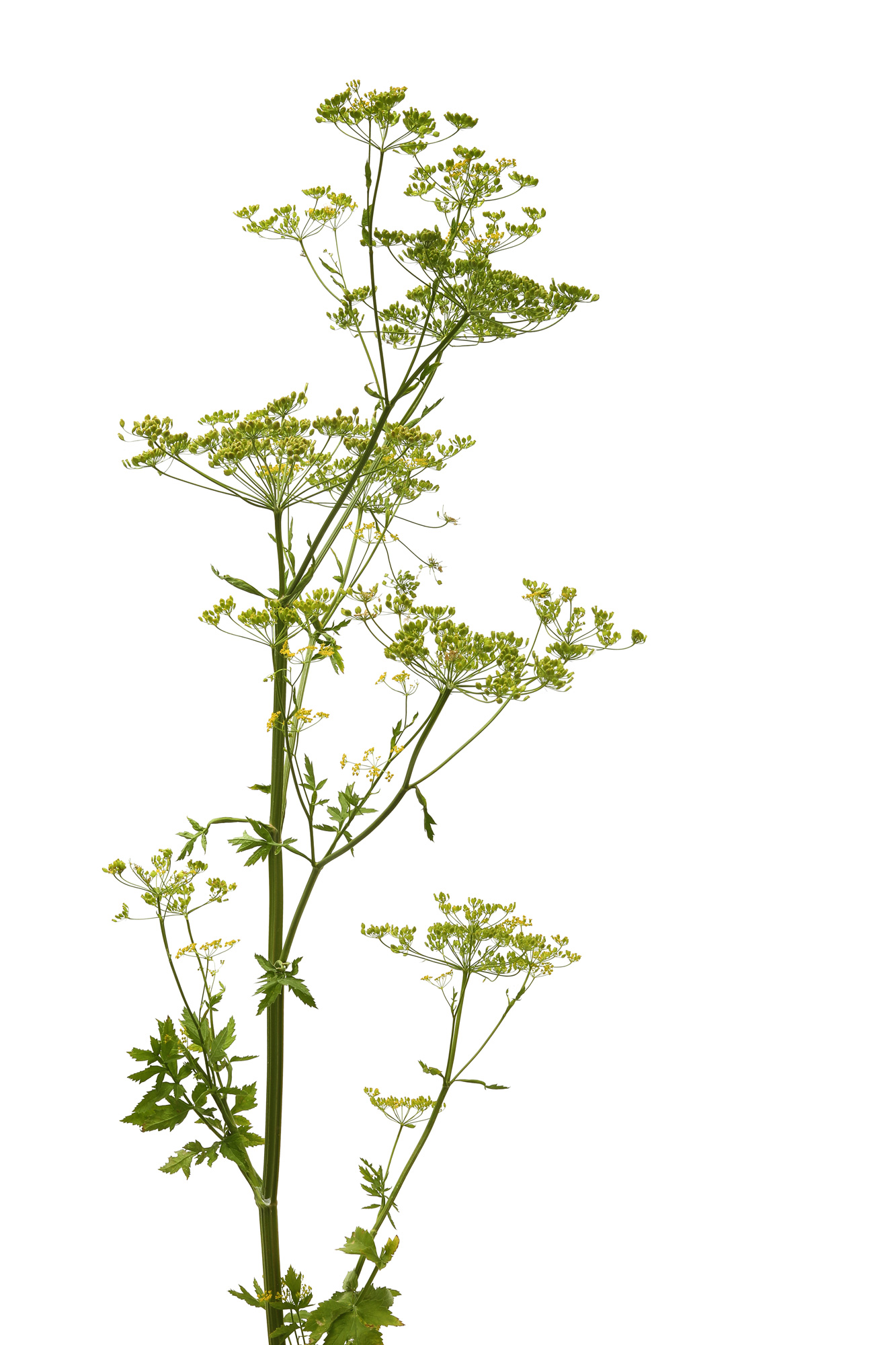
umbels for the win
so, i gathered this today thinking i was gathering angelica. in years of plentiful rain, angelica can grow to 3 meters tall. this specimen was about 1 ½ meters tall, but we’ve been in a drought i reasoned. i thought it was angelica the whole time i photographed it. and when i sat down to write this post, and i looked up angelica to verify my find, i realized i was probably mistaken. angelica flowers are white not yellow. then, i had a moment of real fright as i thought i might have picked and been handling water hemlock all afternoon. oh man, that is not the first time i have been worried about water hemlock. my heart is still racing as i type this. water hemlock is scary. turns out, water hemlock also has white flowers. this, it turns out, is wild parsnip–a rogue cousin of the cultivated parsnip. common. ubiquitous. and safe. thank god.
wild parsnip (Pastinaca sativa)



Whew!!
PLEASE be careful with this plant. I work for the DNR and we have a page on this on our website:
Wild parsnip (Pastinaca sativa), a non-native plant, was first discovered in Minnesota in the 1990s. While this plant causes a range of impacts to the environment, the largest concern from this invading species is its ability to inflict burns to skin of people that come into contact with the sap from the plant. Wild parsnip is found in open places such as roadsides, pastures, and disturbed areas.
Warning: Avoid skin contact with the toxic sap of the plant by wearing gloves, long sleeves and long pants. When the juice of wild parsnip comes in contact with skin in the presence of sunlight it can cause a chemical burn which can look like a rash with blistering and discoloration of the skin